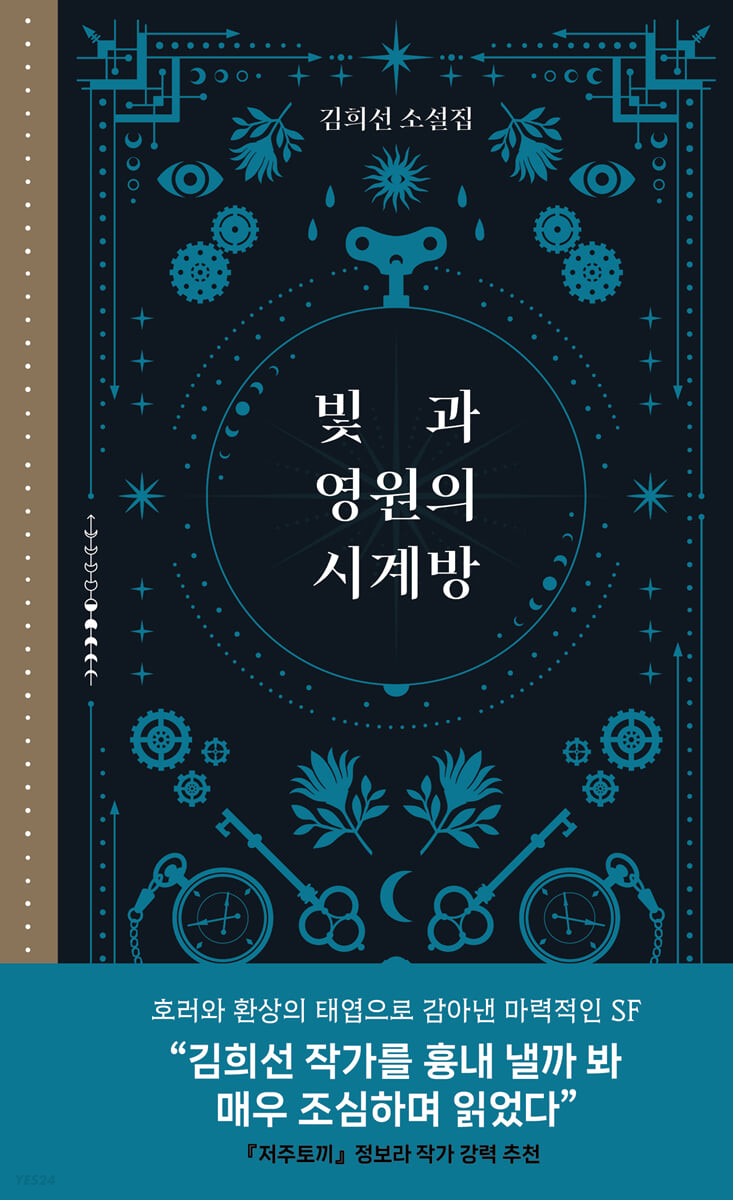The Seasons: Jay Park’s Drive (KBS)
Song Hooryeong: “Let’s go, skrr!” No Young-sim’s Little Concert, The Lee Moon Sae Show, Lee Sora’s Propose, Yoon Do Hyun’s Love Letter, Lee Hana’s Peppermint, Yu Huiyeol’s Sketchbook… and now, after more than 30 years of late-night music talk shows on KBS, Jay Park carries on the torch with The Seasons: Jay Park’s Drive but in a very distinct way from previous hosts. He opens each episode by singing “Sunday Night Drive,” the show’s theme song that he helped write and produce, and has introduced a segment called “Tar-out”—a combination of the Korean word for “ride” and “shout out”—where he introduces rising artists while driving in his car. On the sixth episode, Park holds an interview with j-hope while sitting with the members of the audience, then takes on the “on the street” (with J. Cole) challenge with j-hope, dripping with sweat by the end. Park even writes and performs his own verse for the song. Seeing Park and j-hope, who share their love of dance in common, dance to a live band, it’s clear that the host on this talk show truly acknowledges his guests. Park creates a comfortable atmosphere for all of his guests, showing the artists the utmost respect. His energy and passion makes it exciting and fun to watch him talk with anyone who comes on the show, whether it’s Yang Heeun, who debuted 52 years ago and has been on every KBS music talk show since No Young-sim’s Little Concert, or Jang Dongyoon, who is an actor rather than a singer and feels embarrassed “never been on a stage like this before.”
Suzume
Im Sooyeon (CINE21 reporter): In a quiet village in Kyushu, a university student who Suzume has never seen before comes looking for a gate in ruins. Suzume falls in love with this handsome young student named Souta at first sight, and while chasing after him, she comes across an derelict door. A guardian cat named Daijin walks out of the door when Suzume opens it without any forethought and turns Souta into a small chair, setting off a disaster that causes a crisis across Japan. The film turns into a laid-back road movie that follows the three of them on a journey across Kyushu, Shikoku, Kobe and Tokyo that has direct ties to the real earthquake that devastated the nation. Makoto Shinkai’s ambitious movies use traditional imagery and warm humor—a style often seen under Studio Ghibli in their heyday—that have consoled the Japanese people after the collective trauma of the 2011 Tohoku earthquake and take the form of sekai-kai stories, a Japanese narrative framework where a boy and girl are bounded by fate to save the world. The director’s ambitious vision gives Suzume the theme of life after a disaster. The memories of ruin and death that Suzume seals stands in stark constract with the simple pleasures she experiences throughout her trip. The movie’s thought-provoking message of consolation—that tomorrow is another day and life goes on but only once you can embrace the post-disaster new normal and fully accept the wounds of the past—applies not just to Japan but to anyone suffering under emergency situations, whether they be pandemics or war.
The Clock Room of Light and Eternity (Kim Hee Sun)
Kim Gyeoul (writer): Is the world running like normal, the way we think it is? Or could it be that somewhere beyond our knowledge the unthinkable is taking place in secret? Novelist Kim Hee Sun explores the possibility of a discrepancy between what we think we know and a strange other world as it unfolds in front of the reader. In between are a clock master automaton, a soccer player with no memory, a moon stopped dead in the sky, a house shrouded in fog, a time-travelling clockmaker and the holographic world we live in. Each of these aberrations is seamlessly rooted in history or something else in real life, allowing the reader to suddenly see their life with fresh (or suspicious, or hopeful) eyes. The title of the book, which doesn’t share its title with any of the short stories, makes sense given the motifs that appear repeatedly throughout the collection to remind us that life repeats endlessly. The repetition serves as a way to see the shortcomings of the past or as a warning of, or resignation to, the hardships in life still yet to come.
Spotify’s Park Hangs playlist
Seo Seongdeok (music critic): Though this playlist might be translated into Korean as “Park Picnic,” Spotify describes their playlist as “indie dance and alternative hip hop for a mellow time.” The name is a fair reflection of the feel and specific use case of the playlist and the official blurb makes the musical style clear. With all that in mind, you can probably imagine the kind of atmosphere the playlist creates: a weekend, maybe a warm spring day, down at Hangang River or another park, putting down a mat or spreading out a blanket, then chitchatting with your family or friends over snacks. If the playlist were full of familiar songs, it wouldn’t feel any different from what you listen to on your commute, while too many experimental tracks would be off-putting and interrupt the flow of conversation. Park Hangs is new yet familiar—in other words, comfortable. The songs are enough to bob your head along to while still making the park feel like a new and exciting place for you and your companions. Don’t forget to pack a Bluetooth speaker!
Unauthorized reproduction and distribution prohibited.
